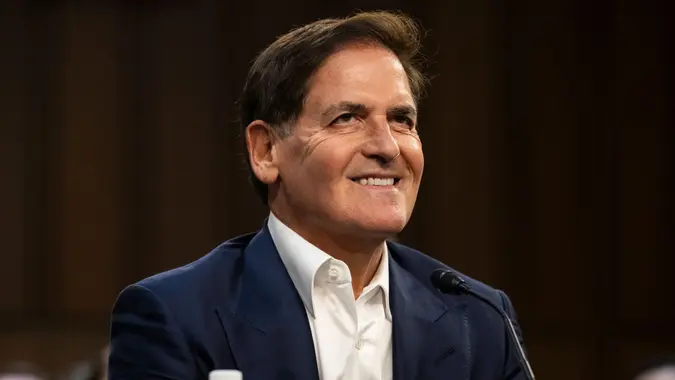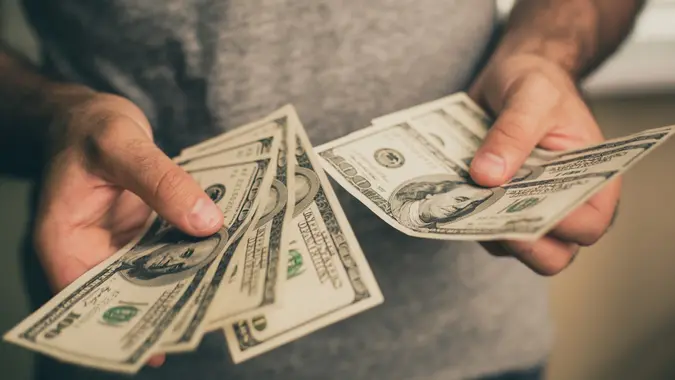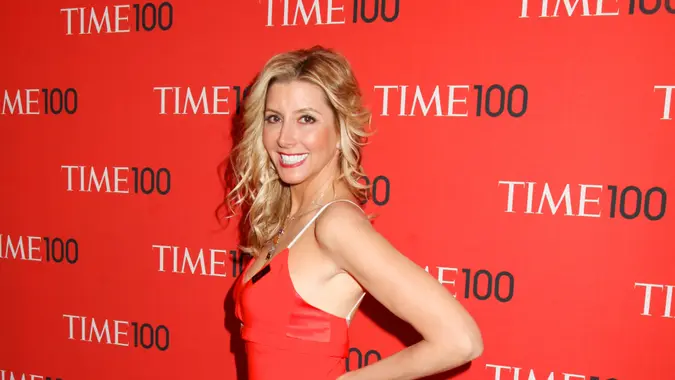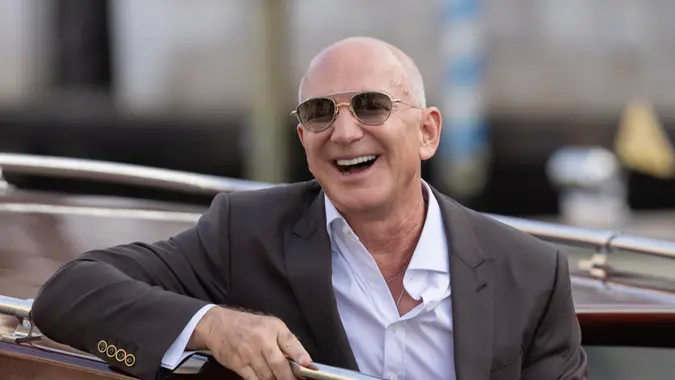Why Do Shriners and Other Charities Ask You To Give Exactly $19 a Month?

Commitment to Our Readers
GOBankingRates' editorial team is committed to bringing you unbiased reviews and information. We use data-driven methodologies to evaluate financial products and services - our reviews and ratings are not influenced by advertisers. You can read more about our editorial guidelines and our products and services review methodology.

20 Years
Helping You Live Richer

Reviewed
by Experts

Trusted by
Millions of Readers
Nonprofits and charities are business entities that do not run on a standard business model of making money based on their goods and services. However, no good deed goes untaxed. As 501(c)(3)s and charitable organizations, they are able to request and accept donations, but with varying tax implications.
Much of the time, big names in the charitable space only ask people to support them by giving $19 per month. This may seem like an arbitrary number, but it actually isn’t. As it turns out, there are some good reasons why $19 is the magic number for these organizations. Let’s explore below.
Why $19 Is the Magic Number
“This is a classic grassroots fundraising strategy to develop committed lines of revenue that can be anticipated in budget planning for a nonprofit,” said Clay Grayson, author of “The Philanthropist Handbook: Finding Meaning In The Endowment Of Humanity” and managing member at Grayson Law Firm.
“Nonprofits will first cultivate donors to become regular donors to an annual fund,” Grayson said. “Over time, the nonprofit will push each donor to increase their annual giving level. If the nonprofit sees continuous annual giving from a donor, at some point, the nonprofit will broach the subject of a planned gift, with the idea that the donor may leave a substantial gift in their estate planning, which will be directed to an endowment of the nonprofit.”
Strategically asking for $19 makes donors feel like it is possible to give that amount not just once, but make it reoccurring. After all, it’s not $20 that is being asked for and that dollar difference can make all the difference to the organization in getting sustainable donors.
“It’s easy to convince someone to make a $19 donation as opposed to $1,000,” said Yusef-Andre Wiley, founder and CEO of Timelist Group. “These small donations eventually add up. Just imagine ten thousand people donating $19.99 a month consistently.”
Simply put, when a charity asks for $19 a month, they are using a psychologically strategic number that appears more affordable than $20 and therefore is more likely to be given. This also helps charities avoid the requirement to send out donation receipts for annual contributions of $250 or more, which is a threshold set by the IRS.
How $19 Can Turn Into Much More
A planned gift is a gift from one’s estate, according to Grayson, with the goal being to eventually convince the donor to endow in perpetuity their annual gift.
“Once in an endowment, the principal of the planned gift will be restricted forever and the income resulting therefrom will be used to support the nonprofit’s mission,” Grayson explained. As an example, Grayson posited that a $475 planned gift to a permanently restricted endowment will generate income of $19 each year thereafter.
“In that way, the nonprofit is cultivating a donor for this type of outcome,” Grayson added. “It’s powerful stuff. It helps individuals find meaning and purpose in life to have that type of relationship with a nonprofit.”
Wiley described how asking someone to donate $19 fits into the narrative that, even though this may seem like a small inconvenience, in the end it makes a big difference.
“People are more likely to psychologically buy into this narrative and as such, they are more inclined to be regular givers in the long run,” Wiley added.
“When you consider that the generational wealth transfer of the baby boomers to nonprofits is anticipated to exceed $16 trillion in the next 20 years, you can see how powerful this trend will be to the nonprofit sector and to society,” Grayson said. “It all starts, though, with the small, initial annual gift.”
More From GOBankingRates
 Written by
Written by  Edited by
Edited by 

























